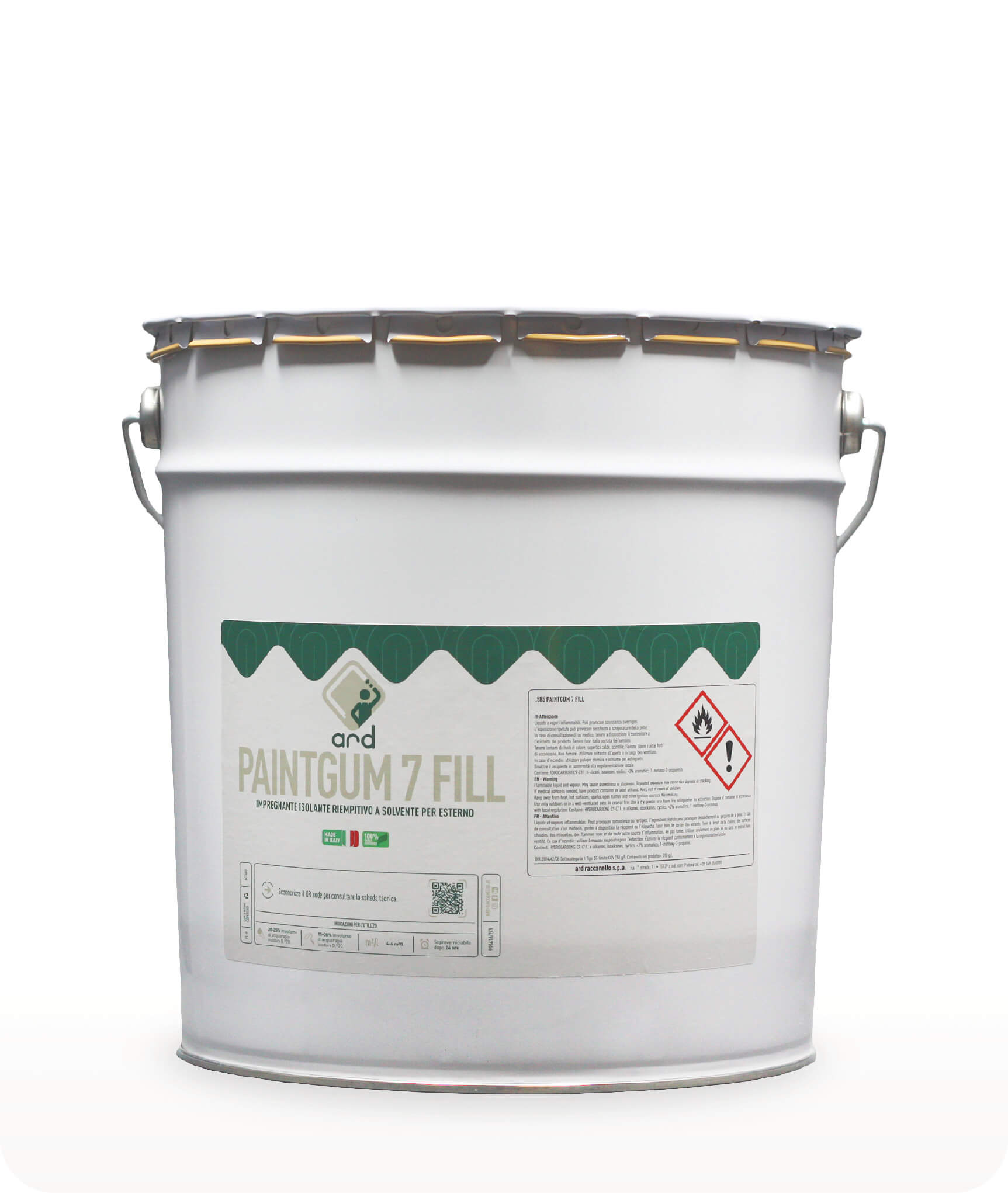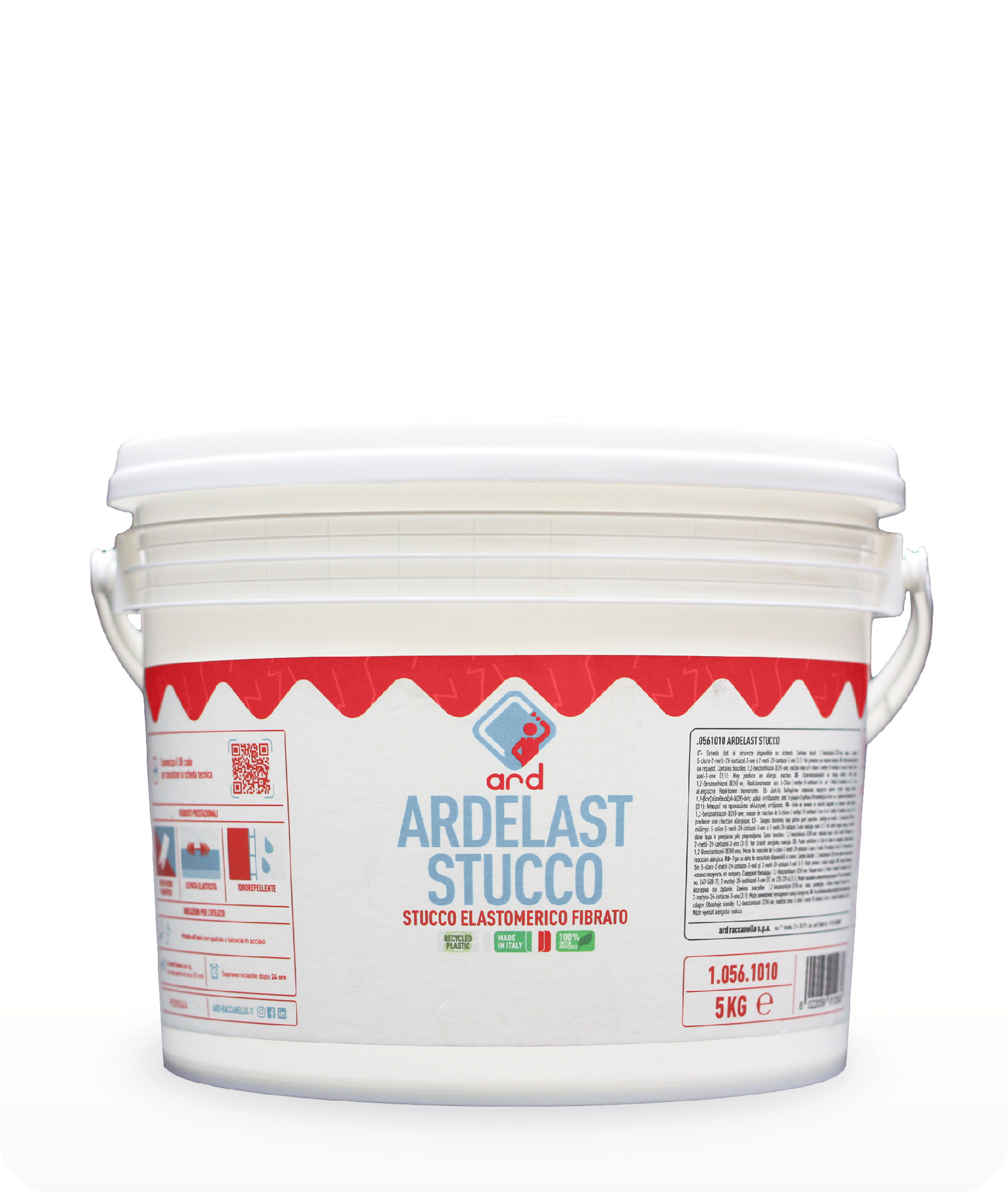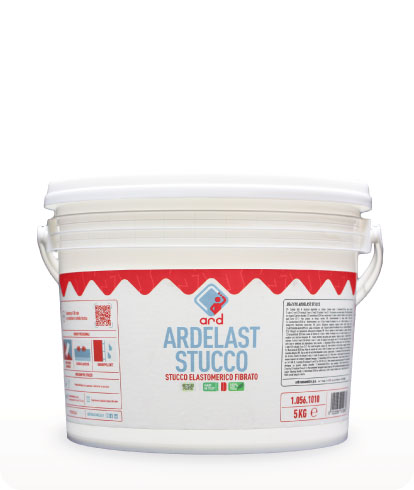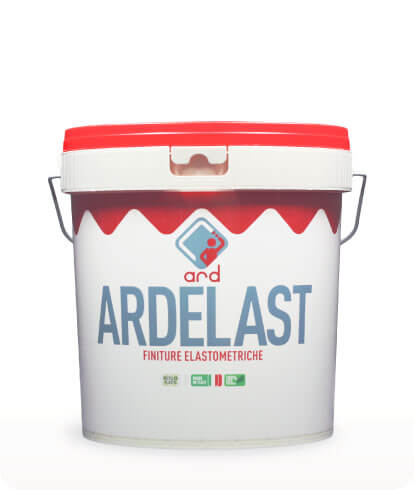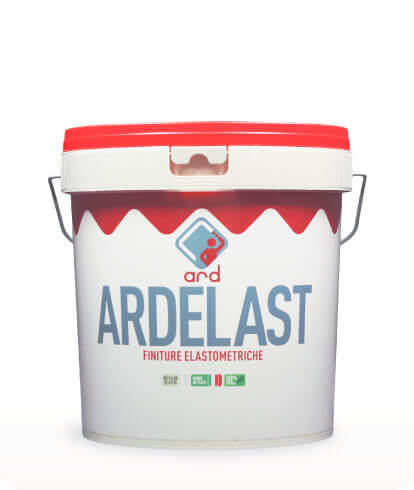Cracks
Be oriented in the field of cracks, a widespread phenomenon that gives rise to secondary pathologies, through our Ardelast offer.
Below are all the specifications to approach our preventive and curative proposals.
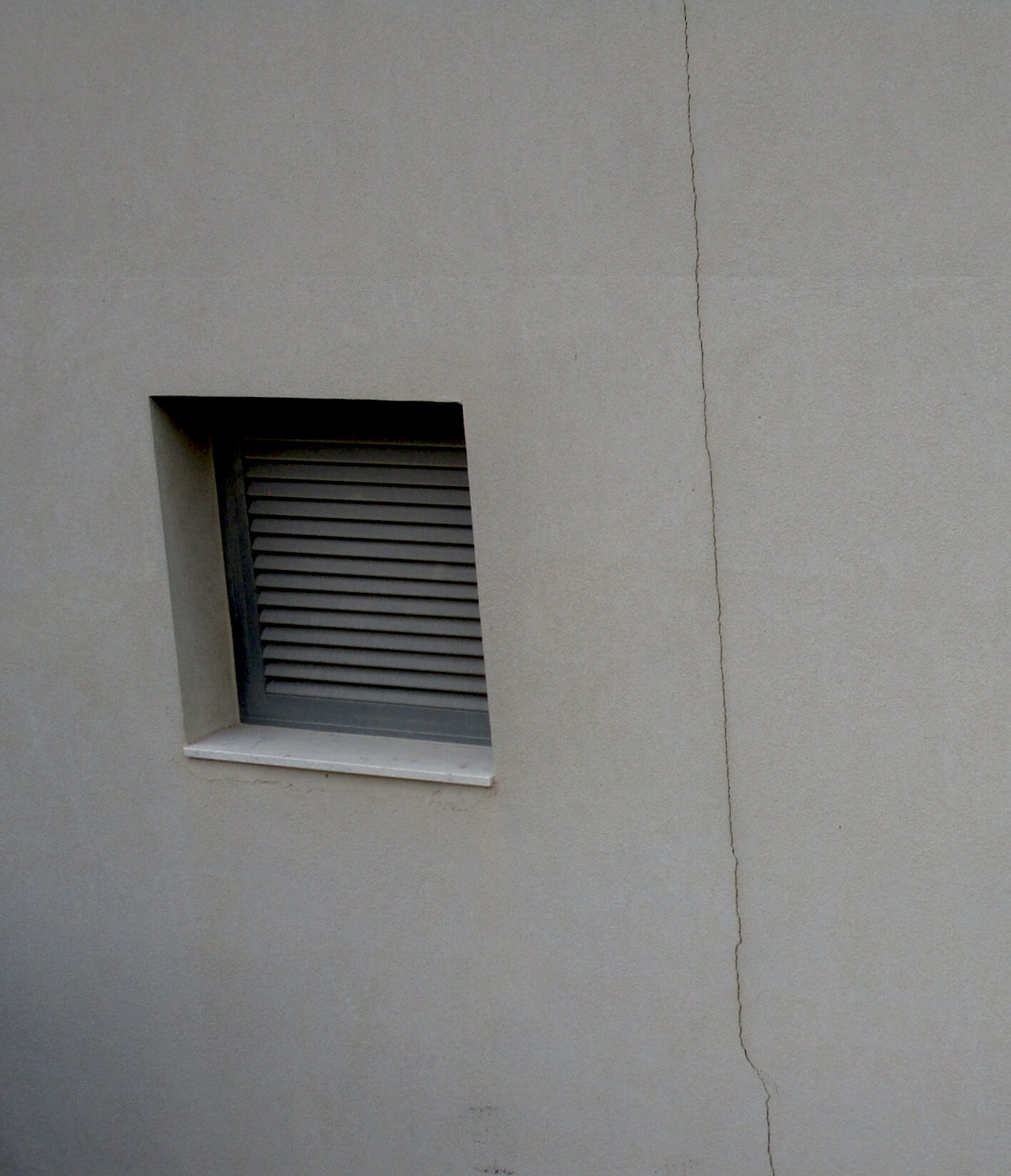

Crack types
Cracks in walls are classified into different types, each with causes, location and variable width:
The most common cracks or crazing found on construction sites are those caused by: settlement (caused by normal movements of the structure or the ground, they are often thin), temperature variations (due to expansions and contractions of materials caused by temperature variations), shrinkage (typical of materials such as plaster, they occur when the mortar dries and shrinks quickly) and structural (located in correspondence with the floors, pillars and corners of the openings, they are often deeper and require specific and targeted interventions).
ARDELAST Line
Learn more about our elastomeric cycles
RESOLUTION CYCLE FOR CRACKED EXTERNAL WALLS
A5 class intervention cycle
Opening of all structural cracks (near the edges of windows, floors, etc.), application of a coat of fixative with a roller, in a colour like the finish. Sealing of the cracks opened previously with elastomeric fibre filler, removing the excess material with a Milanese spatula or with a sponge float, to make the surface coplanar. Position diagonal reinforcements with fibreglass mesh on the edges of the openings (windows, doors, etc.), drowning them with an elastomeric intermediate for elastic reinforced skimming. Skimming of the surfaces and drowning of fibreglass mesh. After further skimming in a colour like the finish, application and sanding with a plastic trowel of a layer of elastomeric acrylic-siloxane skimmed anti-algae coating.
1. Fixative
2. Sealing
3. 1^ Shaving
4. Drowning
5. 2^ Shaving
6. Finish
Tools to use: brush, roller, trowel
products
Go to the Ardelast line full range
Technical service
Our free technical support is available for on-site inspections and tailor-made surveys.

